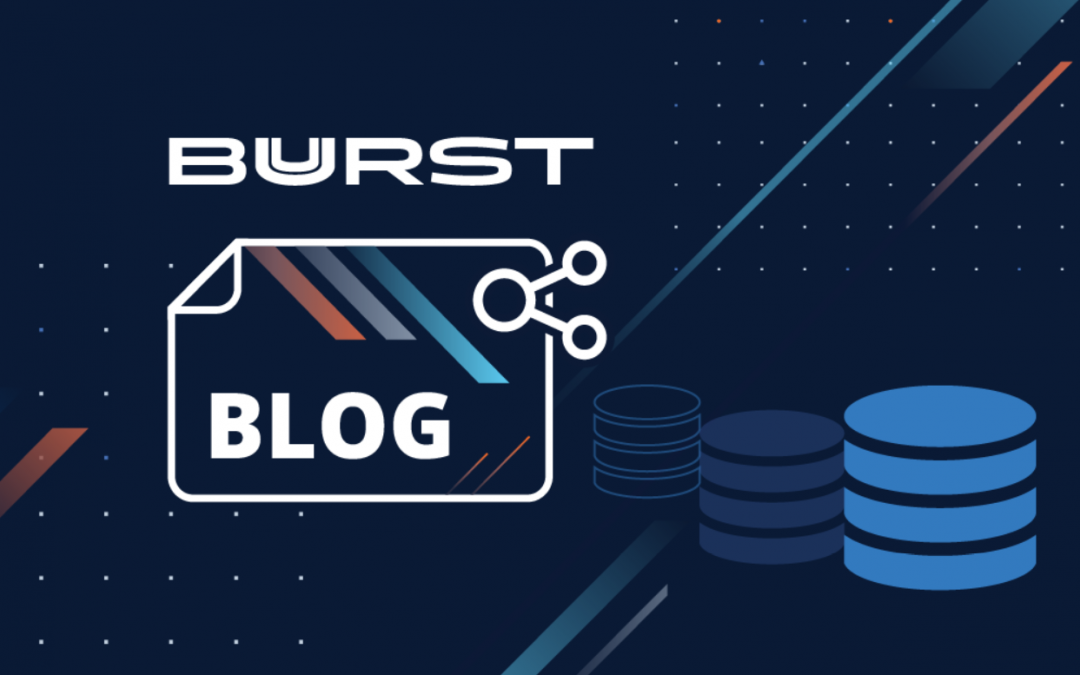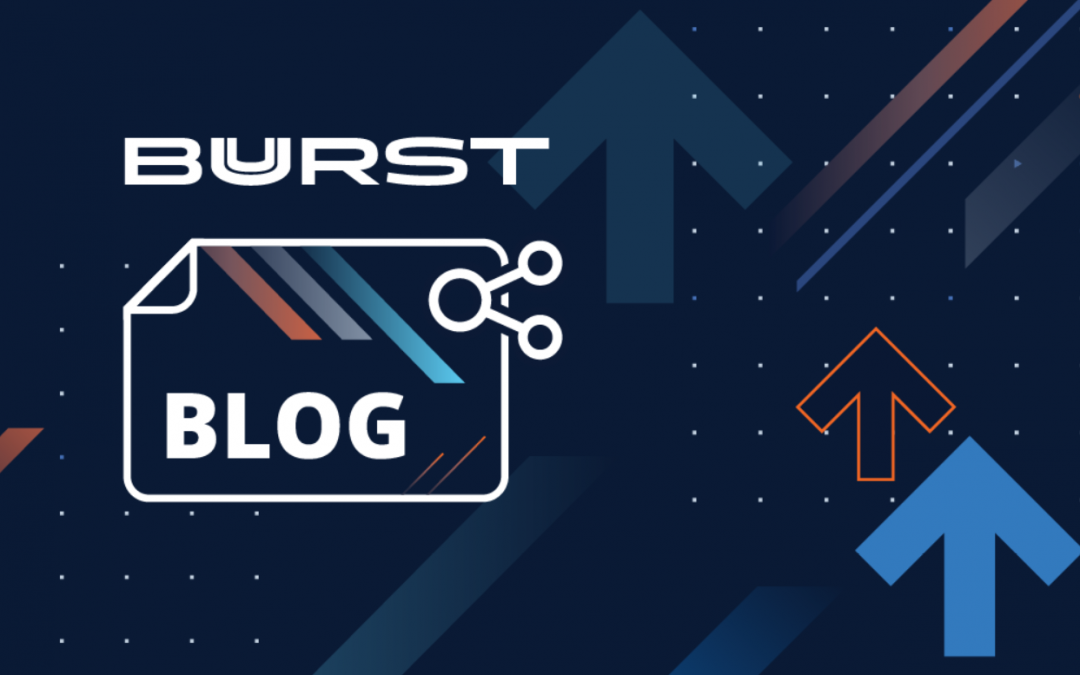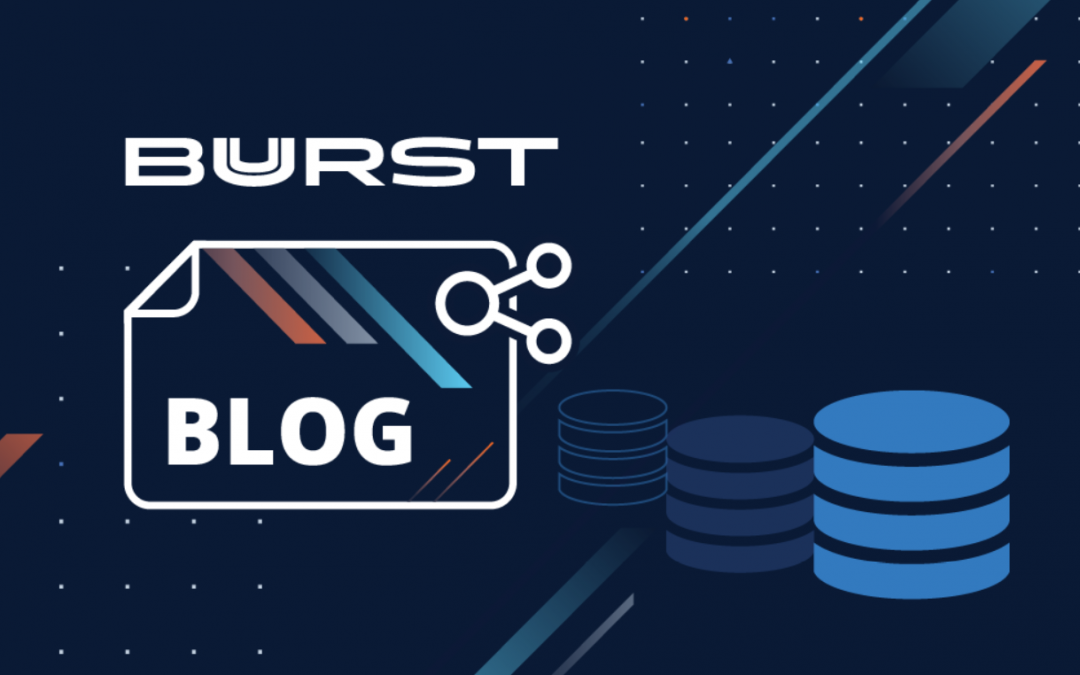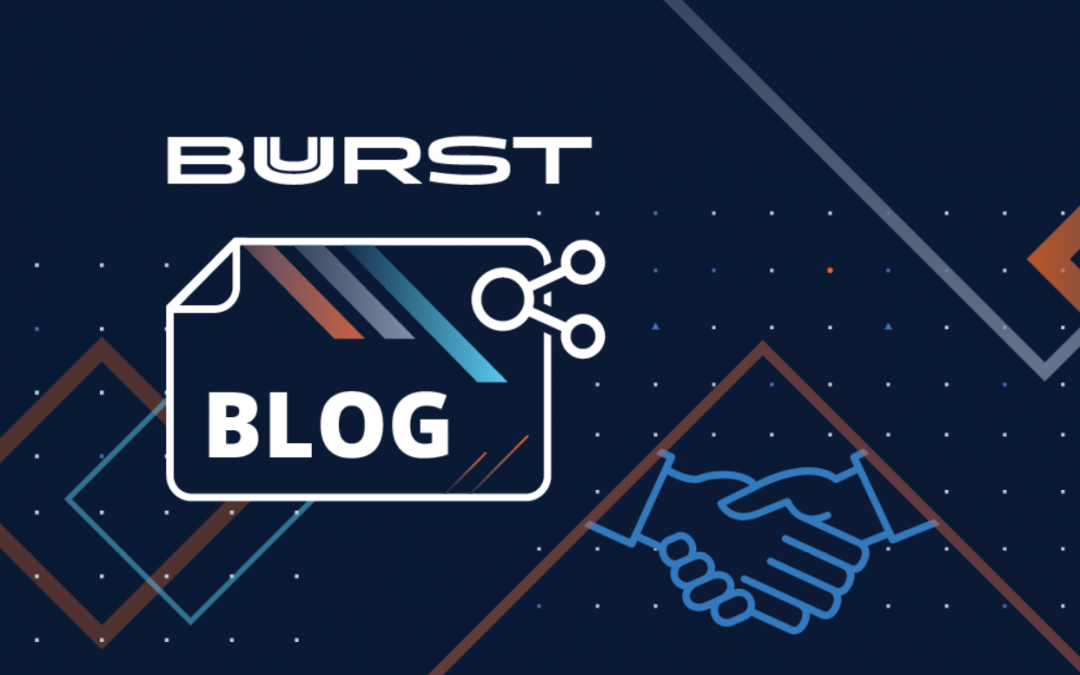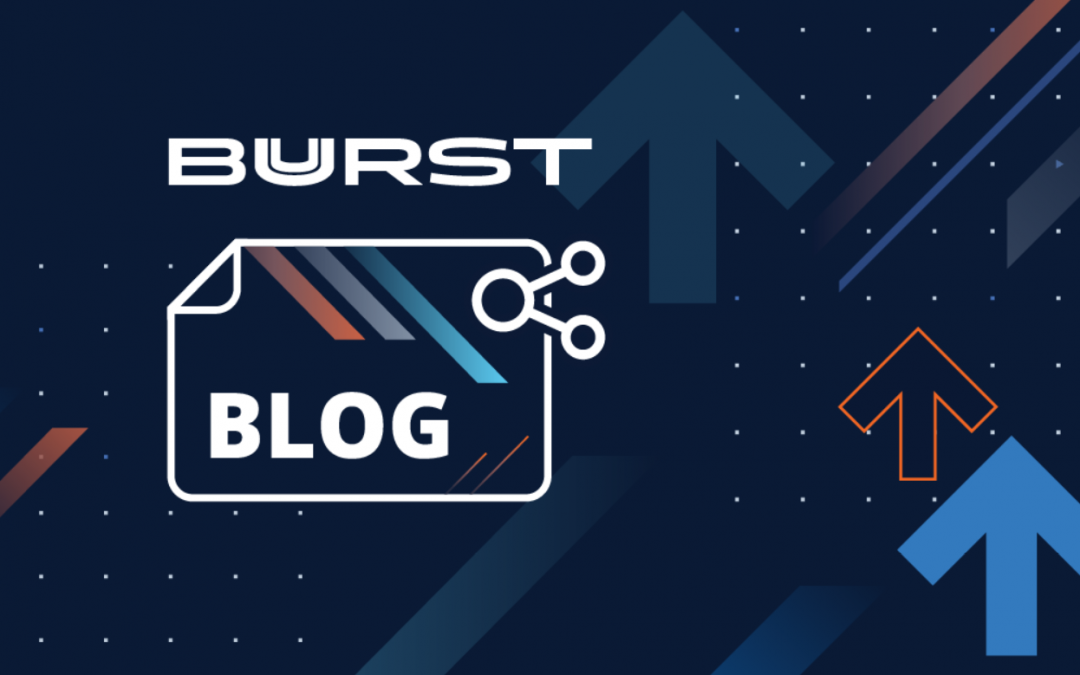
Application Cloud Migration and Synthetic Cloud Backups

Application Cloud Migration and Synthetic Cloud Backups
With up to 67% cost savings, SoftNAS Cloud NAS connects any kind of customer data, anywhere in the world to the cloud!
SoftNAS®, a cloud data platform company with a deep history of transforming on-premises, costly NAS storage hardware into dedicated, private NAS virtual software that runs on public cloud services, today announced the general availability of SoftNAS version 4, It delivers cloud storage cost savings by leveraging highly-durable, low-cost cloud object storage. SoftNAS cuts the time and complexities of cloud data migration projects by up to 90%, turning months into weeks and simplifying live data migrations to the cloud. It enables customers to connect any kind of data to the cloud anywhere in the world.
SoftNAS 4 accelerates high-speed global data transfers up to 20 times faster with its patented SoftNAS® UltraFast™ technology, enabling customers to connect remote offices, branch offices, factories, and Internet of Things (IoT) at the edge with the cloud.
New features of SoftNAS
New features of SoftNAS address the impediments that block real-world cloud adoption, revolving around common cloud storage uses cases: primary and secondary cloud file storage, workload and application cloud migration, hybrid cloud and synthetic cloud backups in partnership with Veeam. SoftNAS conducted expansive customer interviews and identified 18 discrete cloud adoption barriers that SoftNAS 4 solve.
“Based upon our multi-cloud research we uncovered a number of challenges customers are struggling with to take advantage of public cloud infrastructure. SoftNAS 4 addresses many of the customer data management and control challenges head on with its unique combination of cloud NAS, bulk data transfer acceleration and data integration capabilities. SoftNAS is delivering a robust cloud data fabric companies can use as a strategy to more quickly adopt the cloud and save time and money in the process,” said Jeff Kato, Senior Analyst for The Taneja Group.
“Today we are delivering on our company mission and the vision to become the fabric for business data in the cloud. After three years of relentless company focus, strategic input from our cloud platform partners and customers, we have produced what I believe is the gold standard in cloud data control and management software,” said Rick Braddy, CEO, CTO and Founder of Buurst.
“When I founded SoftNAS six years ago as a disgruntled traditional storage customer, my goals were to reduce the high costs of storage, make it easier to connect applications with the cloud and keep IT in control of its destiny in the cloud. SoftNAS 4 is the realization of those goals and I invite customers and partners to start benefiting from it today,” Braddy said.

